How to Build an Influencer Marketing Strategy that drives ROI in 2025
Explore this detailed guide on building a successful influencer strategy in 2025 - complete with real-life examples and templates.
February 6, 2025
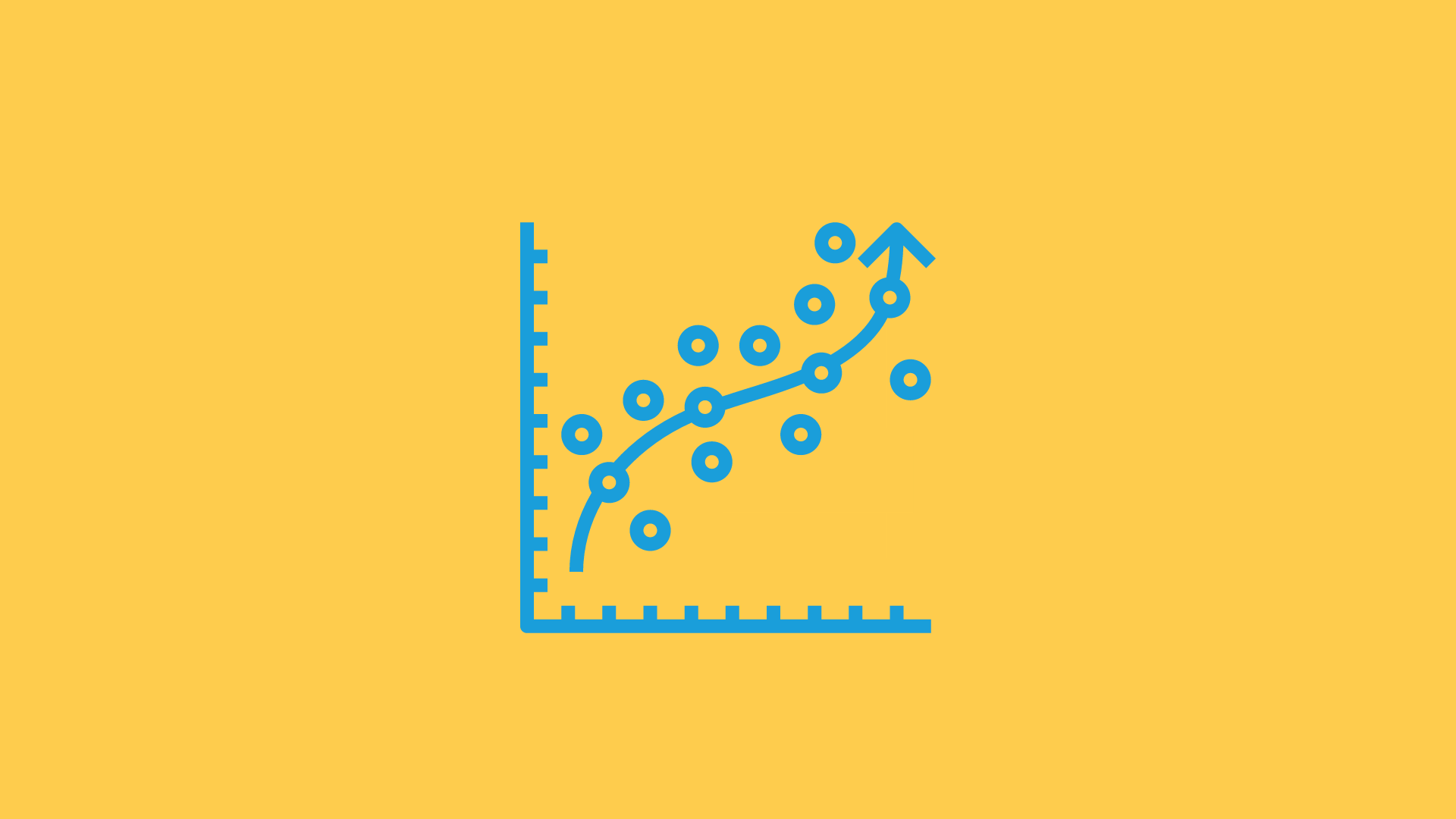
- What is influencer marketing?
- Is influencer marketing worth the effort?
- Why do you need a defined influencer marketing strategy?
- How to build a powerful influencer marketing strategy in 7 steps
- How to achieve real business results with your influencer marketing campaigns
- Build a stellar influencer strategy in 2025
Great influencer marketing doesn't happen by accident. The difference between campaigns that drive real results and those that fall flat? A solid strategy.
This guide walks you through building an effective influencer marketing strategy in 7 practical steps.
It’ll help you move beyond random collaboration to create campaigns that generate business results and grow the bottom line.
What is influencer marketing?
Influencer marketing is when brands collaborate with social media content creators to promote their products or services to new audiences.
You can work with such creators as Instagram and TikTok personalities, LinkedIn thought leaders, YouTubers, Instagram influencers, or other social media experts.
These collaborations can range from product reviews and tutorials to behind-the-scenes content and educational posts.
Is influencer marketing worth the effort?
In short: absolutely.
Online creators share authentic experiences with your brand and products with their engaged followers—and those recommendations carry weight. Especially in the era of generic AI content.
In fact, 69% of consumers trust product recommendations and reviews from social media influencers. Influencer marketing also helps you:
Connect with new, targeted audiences who already engage with specific creators
Build genuine brand credibility through trusted voices your audience recognizes
Create engaging content that resonates more because it's authentic and personal
Drive sales through recommendations that feel like genuine advice
For example, B2C brands like @wonderskin frequently share video reviews created by relevant influencers. This helps them attract and engage potential buyers looking for beauty products.
E.g. this reel created with an influencer generated over 1M views and 400+ comments as of January 2025:
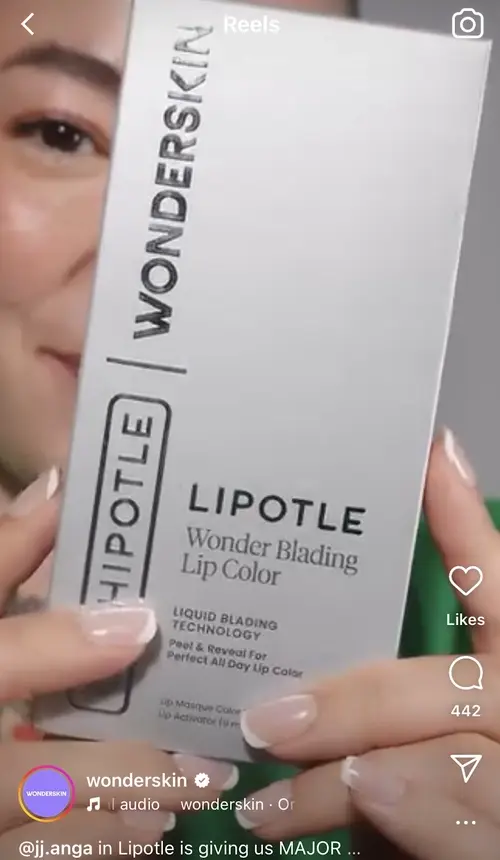
Why do you need a defined influencer marketing strategy?
Working with influencers without a clear strategy is like throwing content at a wall to see what sticks.
Sure, you might get lucky with a viral post or two. But real, consistent results? Those come from careful planning.
A solid influencer strategy helps you:
Choose the right creators who align with your brand values and target audience
Create consistent campaigns that build brand recognition and deliver conversions
Measure and improve your results based on real-world data
Allocate your social media marketing budget effectively across different types of collaborations
Take Gymshark's approach.
Instead of random collaborations, they built a network of fitness creators who align perfectly with their brand values and target audience.
The result? A community of authentic brand advocates who drive consistent engagement and sales.
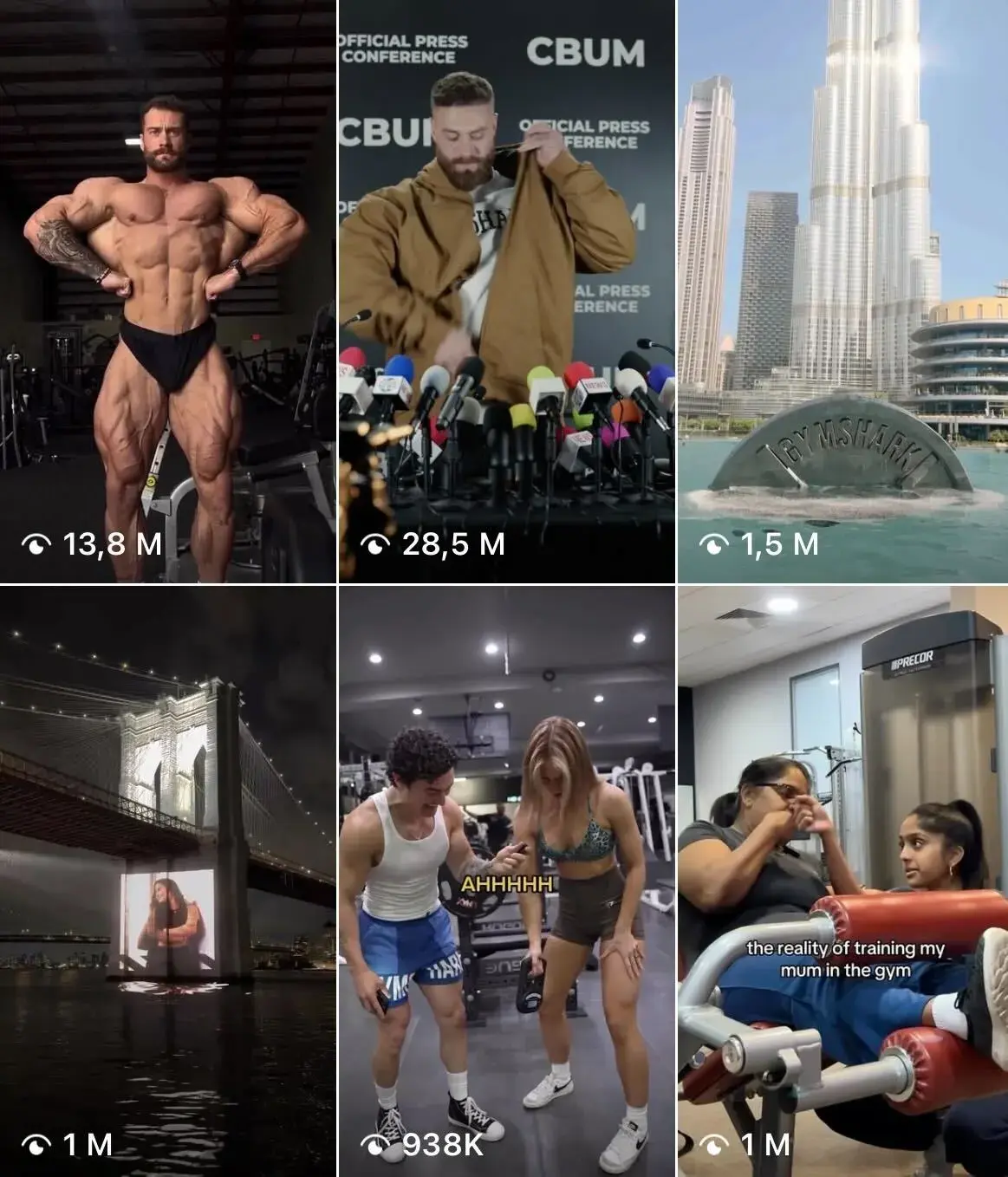
How to build a powerful influencer marketing strategy in 7 steps
Let's dive into the practical steps to create an influencer marketing strategy that works for your business.
Whether you're just starting with influencer marketing or looking to improve your existing approach, it’ll help you achieve better results—faster.
1. Set realistic influencer marketing goals and supporting metrics
Every successful influencer strategy starts with clear business objectives.
Instead of jumping straight to "we need influencers because everyone else does it," first define what your business needs to achieve. Whether that's building brand awareness, driving product sales, or growing your social media community.
These objectives then shape how you measure influencer success and your specific KPIs. For example:
Want to boost brand awareness? Focus on reach and engagement metrics like impressions, shares, and saves
Looking to drive website traffic? Track unique visitors, referral sources, and click-through rates from influencer links
Need more sales? Monitor conversion rates, average order value, and revenue per influencer
Building your social presence? Measure follower growth, engagement rates, and brand mentions
Let's say you're launching a new skincare line.
Your goal might be: "Generate $20,000 in sales from new customers in Q1 2025." Your influencer marketing objective could then be: "Partner with 25 beauty and lifestyle creators to drive 10,000 website visits and convert 2% into first-time buyers."
You can also achieve different results depending on the type of influencer content you use.
For instance, ABSOLUT’S “Planet Earth's Favorite Vodka" campaign is a typical example of a powerful awareness influencer campaign. The brand partnered with 95 eco-conscious influencers and LGBTQIA advocates to create content over eight months.
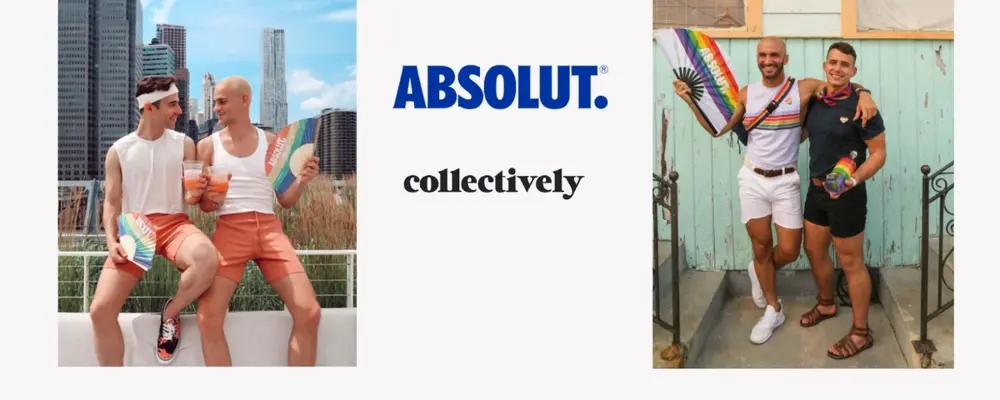
Source: Hellopartner
And the Little Moons Mochi ice cream’s #LittleMoonsChallenge on TikTok is a great example of campaign focused on sales and production adoption. The brand collaborated with small food and lifestyle influencers and encouraged fans to share user-generated content showcasing their experience with the product.
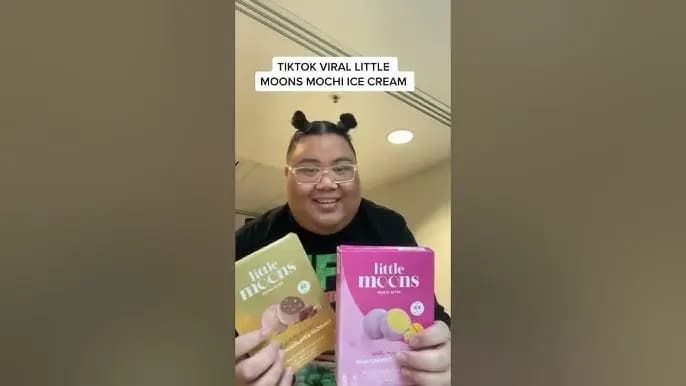
2. Learn what your audience cares about
Next, clearly identify who you're trying to reach and what content they engage with. This helps you find influencers who attract the right audiences with relevant stories.
First, map your target audience's interests, values, and online behaviors by reviewing your buyer personas. Based on your customer research, consider:
What are their main pain points?
How do they make purchasing decisions?
Do they follow any particular brands or creators?
Next, dig deeper into your social media analytics.
Monitor hashtags, conversations, and content formats your followers engage with most frequently to understand what captures their attention.
You can use specialized tools to speed up your research process. For example,
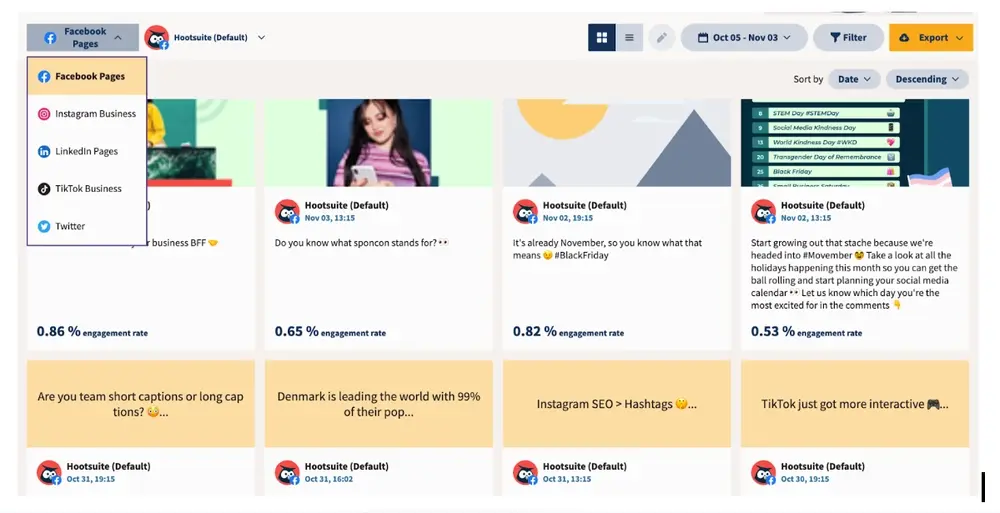
offer data about your followers' demographics, interests, preferences, and more—all of which can suggest the influencers they likely follow.__CONTENTFUL_MEDIA_5__
For example, 47skin is a skincare brand that offers products to treat acne.
If you look at their content, you'll see that their before/after stories of customers who went through acne get a lot of traction. This indicates that working with influencers who share their own acne journey could resonate well with their audience.
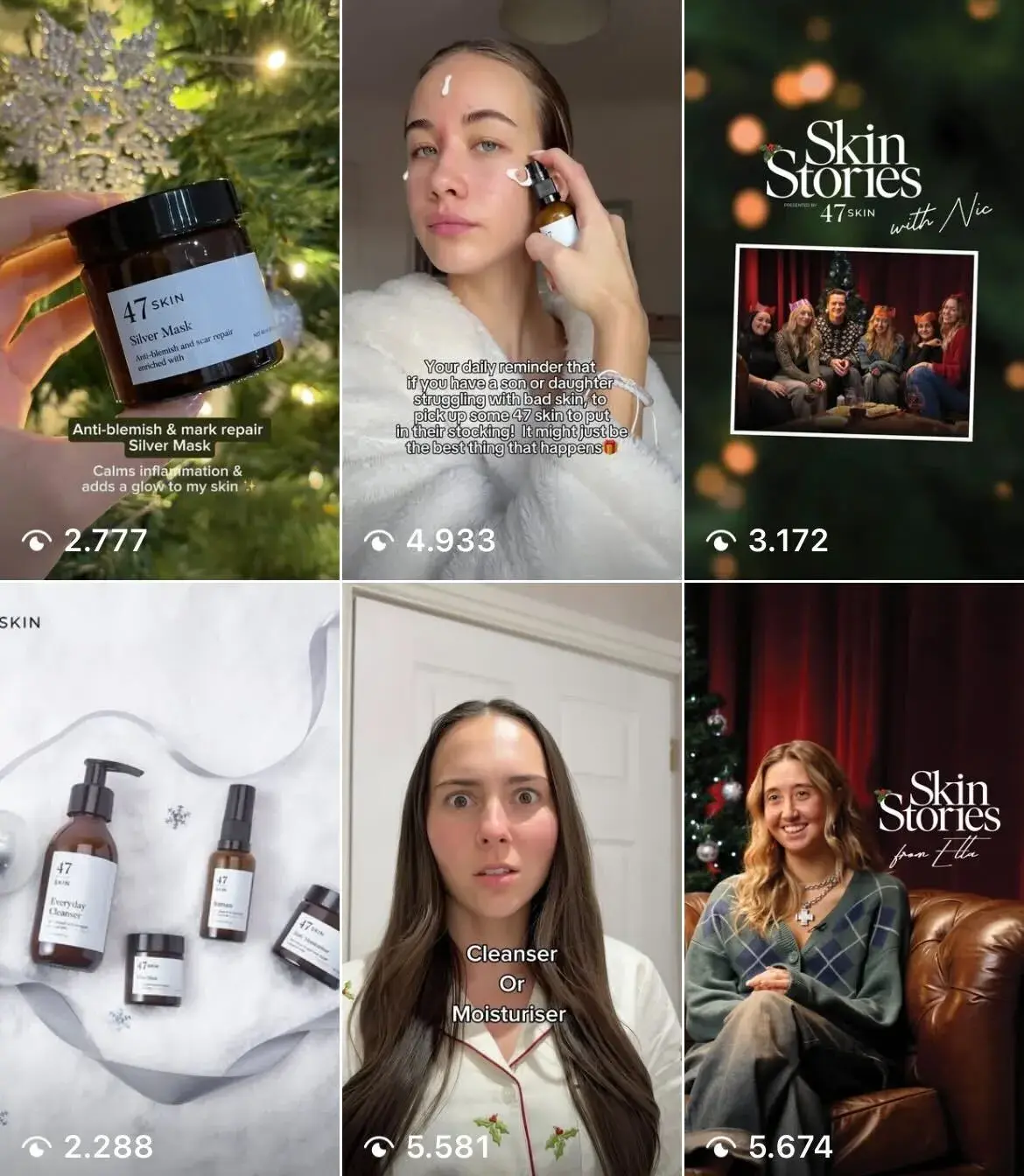
3. Create your influencer partnership plan and framework
Before diving into outreach, you need a clear framework for how you'll work with online creators. This will become your roadmap for all future influencer collaborations.
Your framework should outline:
Types of partnerships you want to build depending on your goals: E.g., long-term ambassadors, one-off collaborations, affiliate partners
Resources you'll invest: E.g., total budget, product samples, team support
Content and collaboration guidelines: E.g., posting requirements, brand messaging
Success metrics and tracking methods for each collaboration type
For example, a beauty brand might plan:
"To reach our key goal, we’ll focus on building long-term relationships with 5 key skincare experts for monthly content, supported by seasonal collaborations with 10-15 lifestyle creators."
Remember, it’s important to keep your approach flexible. Your focus and priorities might shift based on ongoing performance and market trends.
4. Find the right influencers for your brand
Now, it's time to find relevant influencers who would fit your brand.
Don't get obsessed with chasing follower count and working with celebrities, though. Focus on matching creators to your goals and target audience—be that nano influencers or micro-influencers with highly targeted followings or macro-influencers for broader reach.
When evaluating potential partners, look beyond high-level numbers. Make sure to check:
Their influencer content quality and consistency, like regular posting and clear direction
How their audience engages (are comments genuine or just emoji spam?)
How well their brand values and messaging align with your brand
For example, the @thebodsociety—a sustainable skincare brand—partners with influencers that also create content about sustainability. This ensures brand and audience alignment:
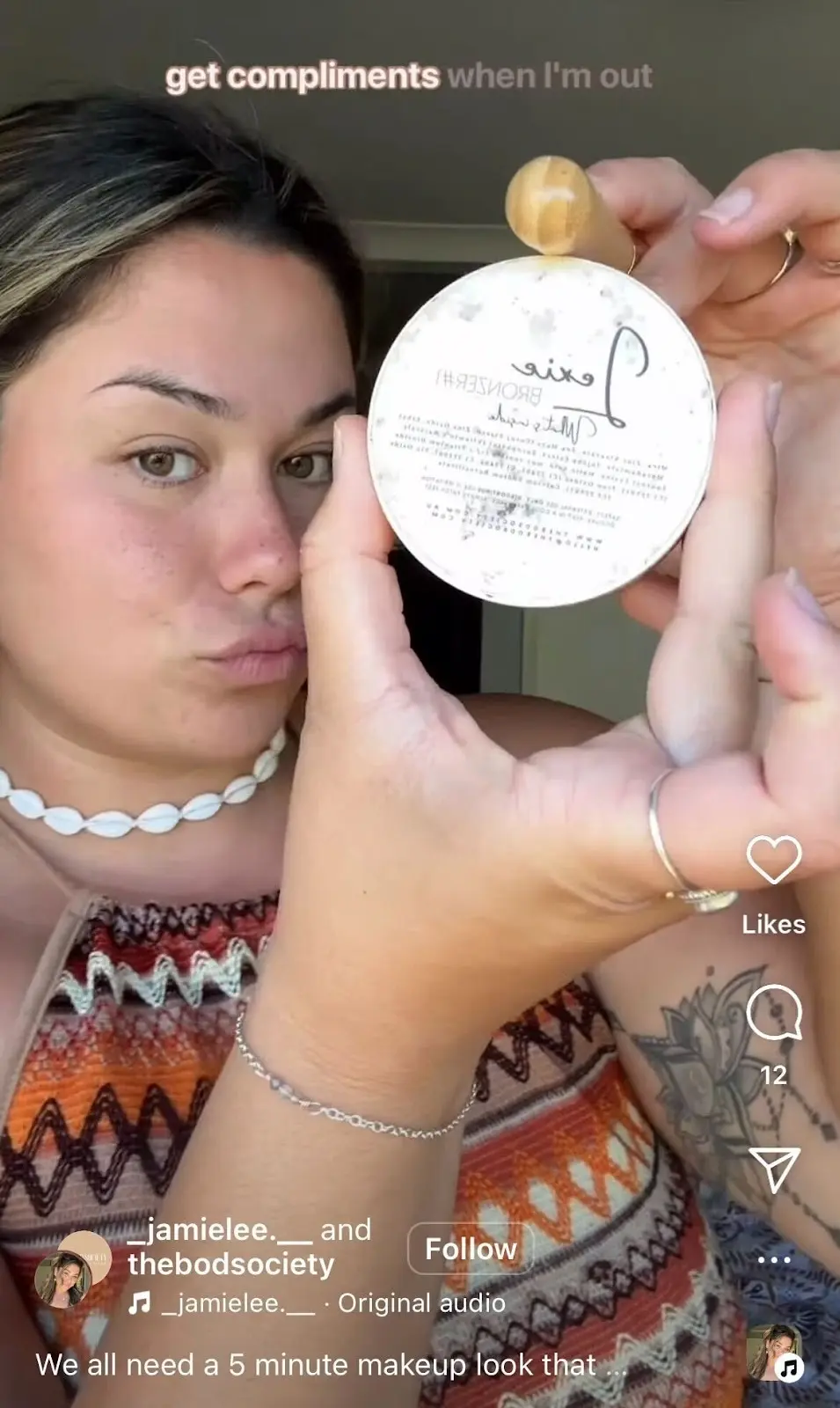
There are several ways to find potential partners on social media platforms.
For example, you can search manually on social networks like Instagram—just input your target topic or hashtags and check the accounts that pop up.
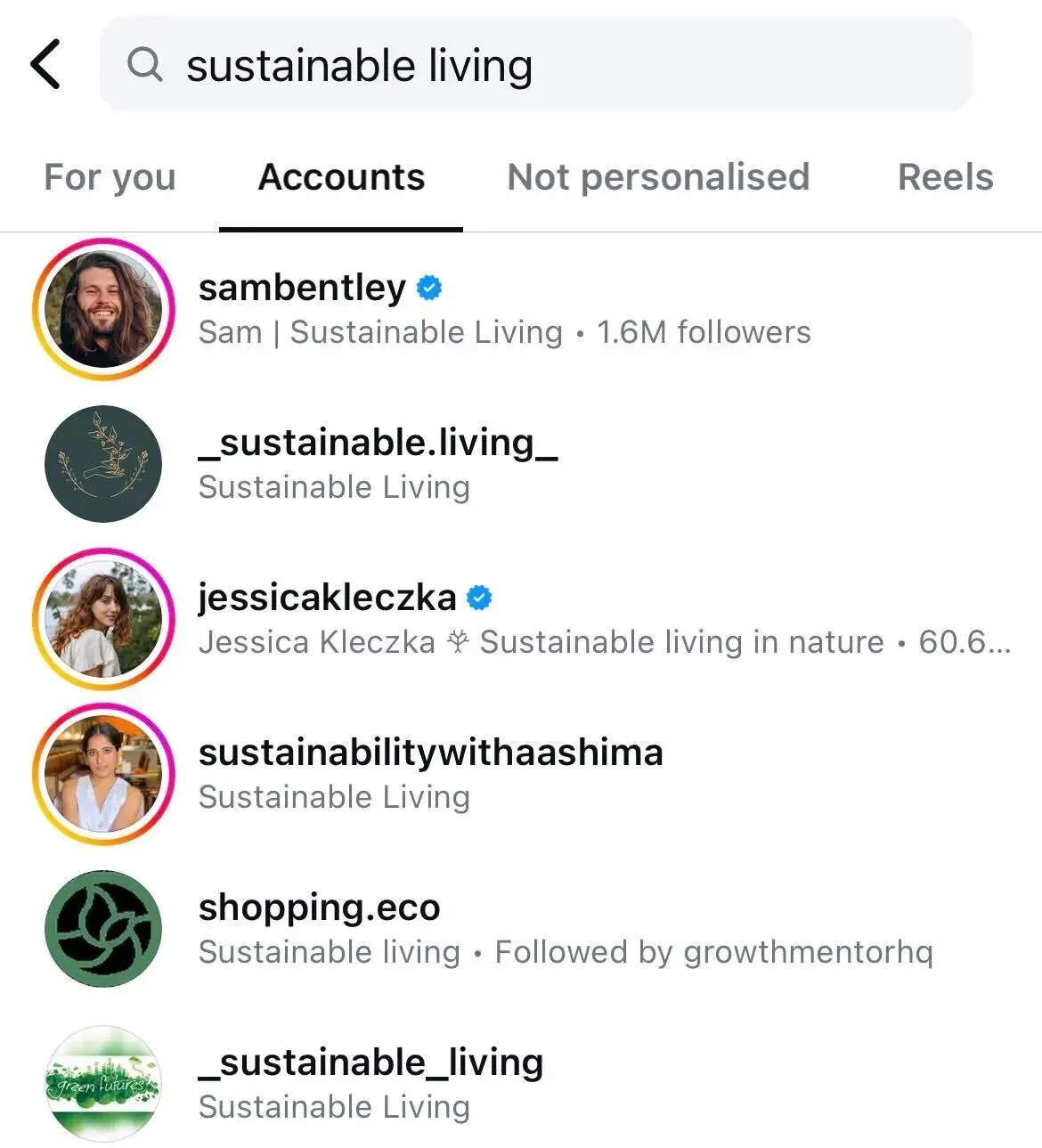
It's also a good idea to check who's already mentioning your brand organically and successfully promoting your competitors. These successful influencers are already familiar with your industry and have proven they can drive engagement rates with similar products.
The easiest way, however, is to use an influencer marketing platform that does the search for you.
For instance, Talkwalker lets you search for influencers based on keywords, hashtags, or user accounts. You can then access detailed influencer insights to find creators who'll bring real value to your business.
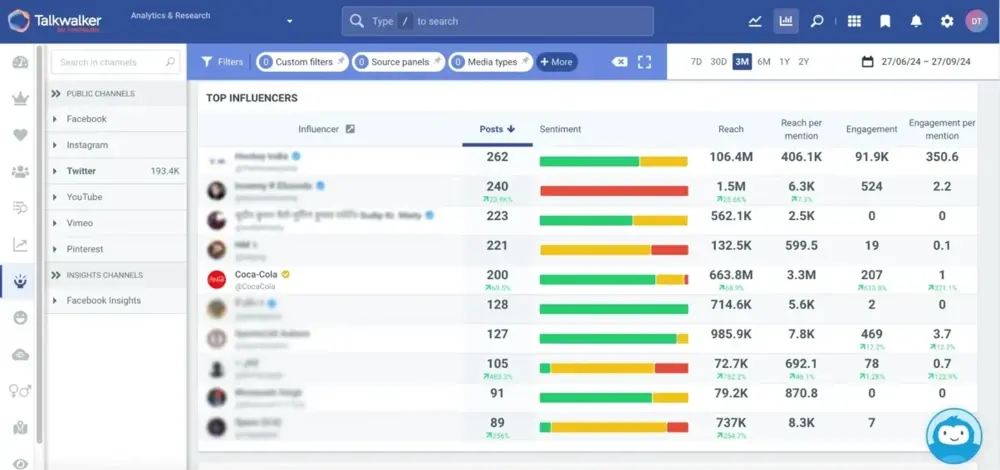
5. Create a process for conducting influencer outreach
Influencer outreach needs a strategy behind it to be successful.
Most established content creators work through formal channels—typically their talent agencies, digital marketing agency teams, or influencer marketing platforms. Make sure to find the best way to reach out to each creator based on their preferences.
When crafting your outreach for influencer collaboration, focus on showing you understand the creator's work and have a clear plan. Include the following elements in your pitch:
Context about why you're connecting
Clear value proposition for both creator and audience, as a valuable collaboration can never be one-sided
Specific next steps or questions
For example:
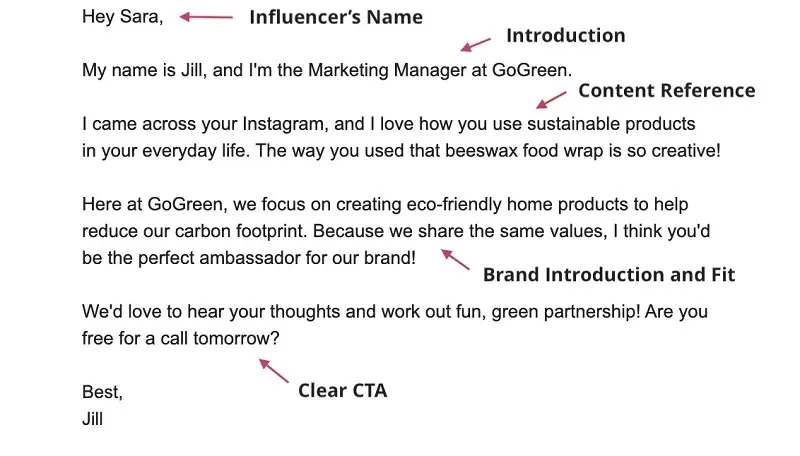
Source: Influno
Keep in mind that successful influencers get pitched constantly.
That’s why it’s so important to stand out by showing you've done your homework. Reference specific influencer posts they've created, engagement rates you've noticed, or how their approach aligns with your brand values.
6. Set up your influencer collaborations
Different types of influencer partnerships serve different business goals. Here are the main collaboration models you could go for:
Product seeding means sending free products to selected creators without immediate posting requirements. It helps build authentic relationships—creators can try your products and share genuine experiences if they choose to.
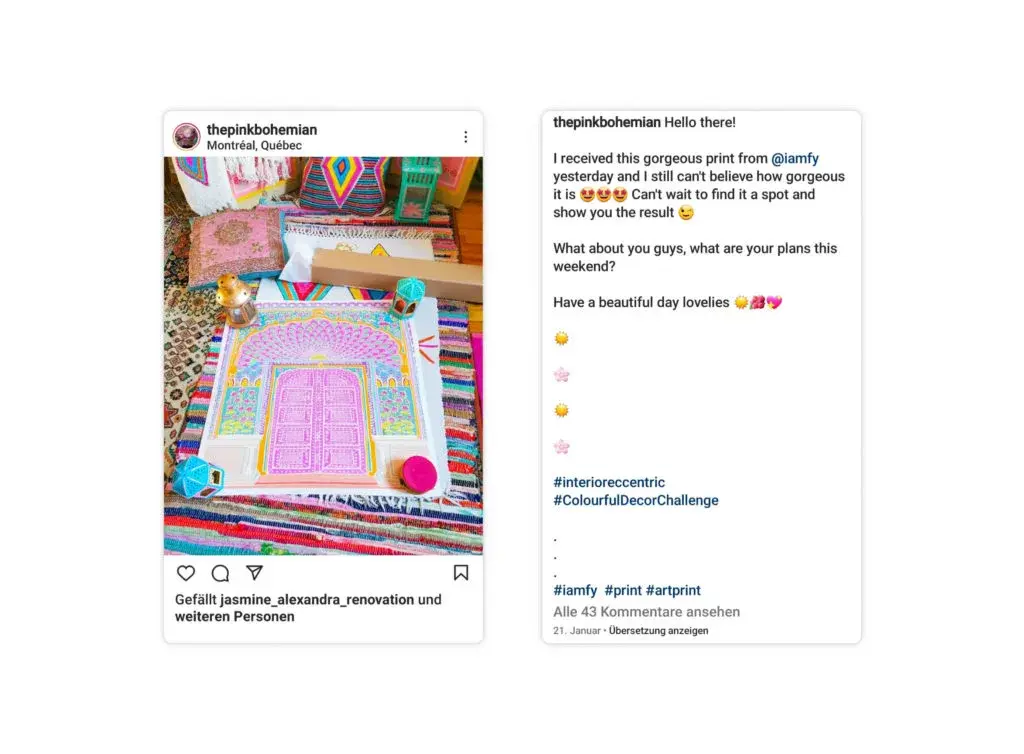
Source: Squarelovin
Paid partnerships are structured collaborations where content creators receive compensation for specific deliverables. This could be one-off campaign content or ongoing brand ambassador programs with regular posting schedules.
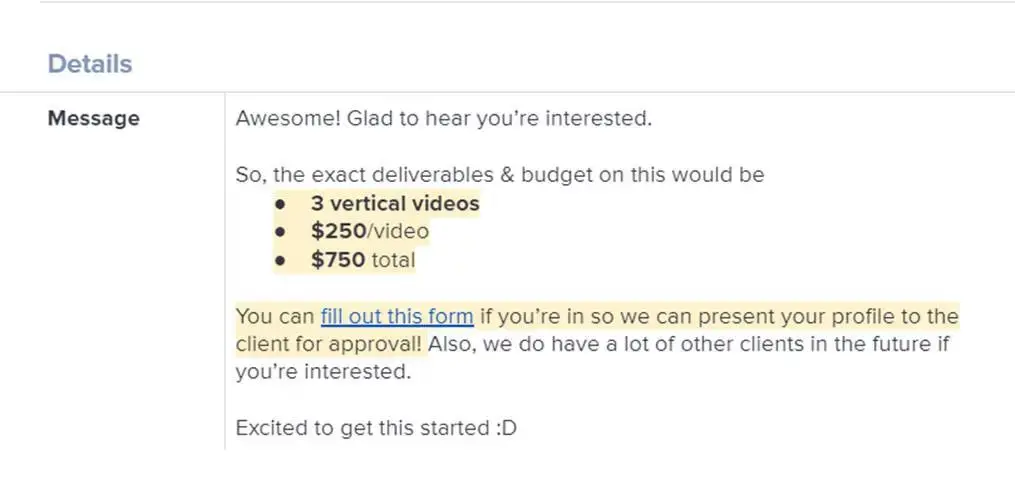
Source: Inbeat.agency
Affiliate marketing partnerships pay creators commission on sales they generate through tracked links or promo codes.
This works especially well for eCommerce brands as it ties creator compensation directly to performance. But it’s also effective for other industries like SaaS:
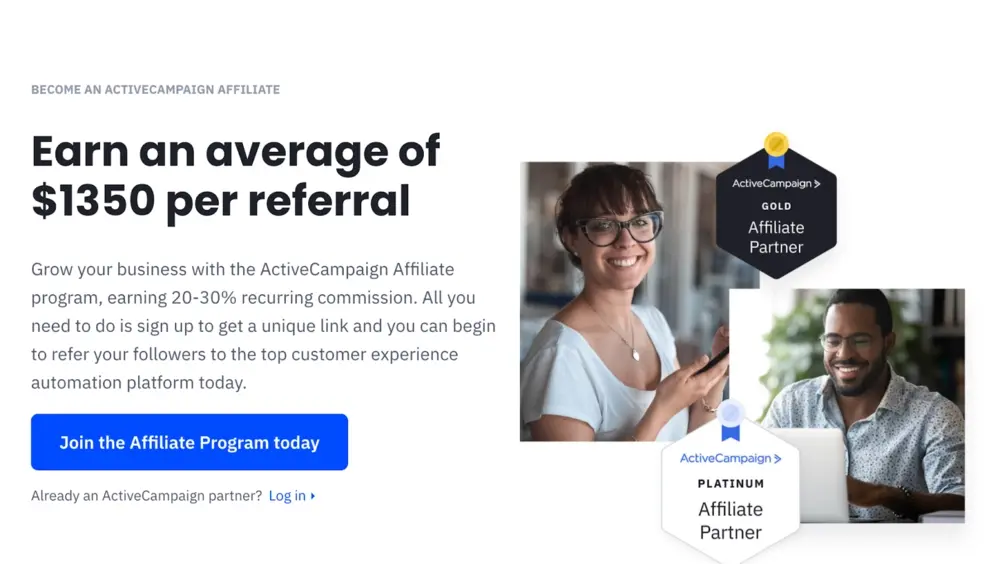
For any type of collaboration, create a clear agreement that lists the key details and conditions. Use this template to specify:
The influencer posts and other content to deliver (exact number of posts, videos, or stories)
Where and when to post (specific platforms, timing, and posting schedule)
Key messages about your products or features to highlight
Content approval process and timeline
Content usage rights (how long you can use the content, where you can repurpose it, crediting requirements)
Compensation details and affiliate marketing terms if applicable
7. Analyze performance and improve
Finally, launching your influencer campaigns is just the first step. Next comes analyzing their performance and making adjustments.
The goal?
Understanding what works and fixing what doesn’t.
Start with tracking the metrics that directly connect to your initial goals. For example:
For brand awareness campaigns, track reach, impressions, follower growth, brand mention volume, and sentiment
For driving sales and conversions, analyze revenue and traffic from influencer-specific links and compare conversion rates across different creators
Once you have these insights, use them to refine your approach. For instance, if micro-influencers deliver higher engagement rates than larger accounts, you might shift more budget their way.
Analytics tools like Talkwalker further simplify tracking by collecting data across social platforms and influencer campaigns. They help you monitor performance, analyze content effectiveness, and measure ROI with detailed reports.
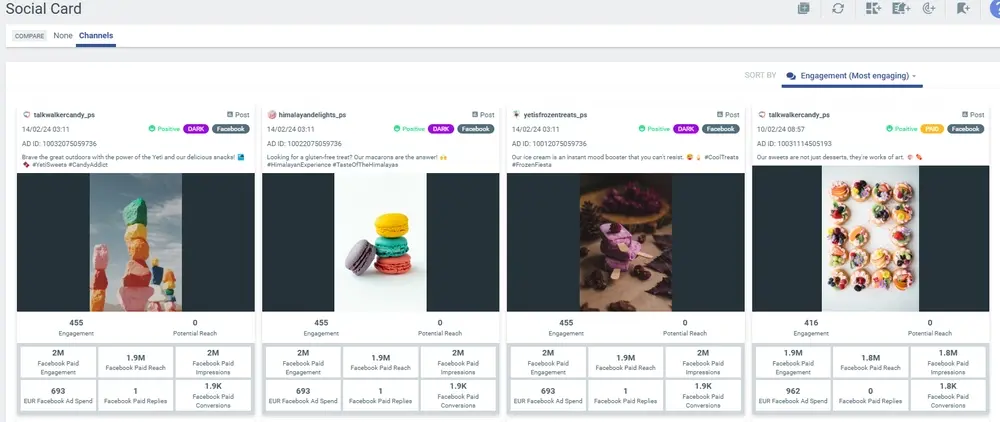
How to achieve real business results with your influencer marketing campaigns
Turning influencer partnerships into real business impact takes more than sending a few products and hoping for the best.
Here are the proven tactics to help you get measurable business results from your creator collaborations.
Build lasting relationships with creators
One-off campaigns rarely deliver the same value as long-term partnerships.
Instead of treating creators as advertising channels, focus on building a genuine community around your brand.
Let’s look at a real-life example.
Refinitiv, a global financial data provider, mastered this approach with their Social 100 initiative.
Each year, they published the list of top financial influencers, but that was just the beginning. They transformed this recognition program into an exclusive community, inviting members to industry events, organizing NYC meetups, and launching ongoing content collaborations.
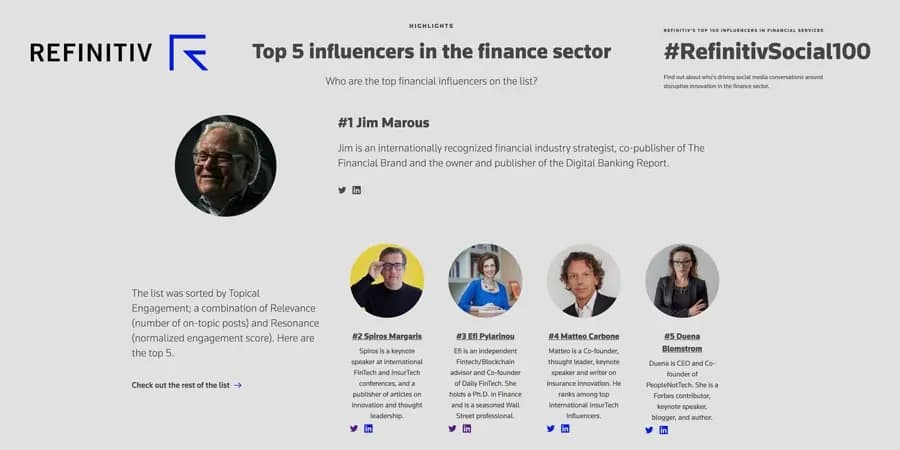
All this helped the brand get more mentions and co-create valuable content, generating organic traffic and qualified leads.
You can also build this sense of community by:
Inviting creators to product launches and company events
Creating exclusive groups where they can connect with each other
Including them in early product testing and feedback sessions
Continuously creating content together
Educate and empower your social media partners
Influencer marketing works best when creators truly understand your brand and product. So make sure to provide all necessary materials beforehand.
You can even get creative about it.
For example, SEED— a microbiome science company offering probiotics—launched the SeedUniversity program.
It’s an educational platform where partners learn the science behind their probiotics and must pass an exam before starting any partnership. This approach ensures creators can speak confidently and accurately about complex topics, making their content authentic and trustworthy.
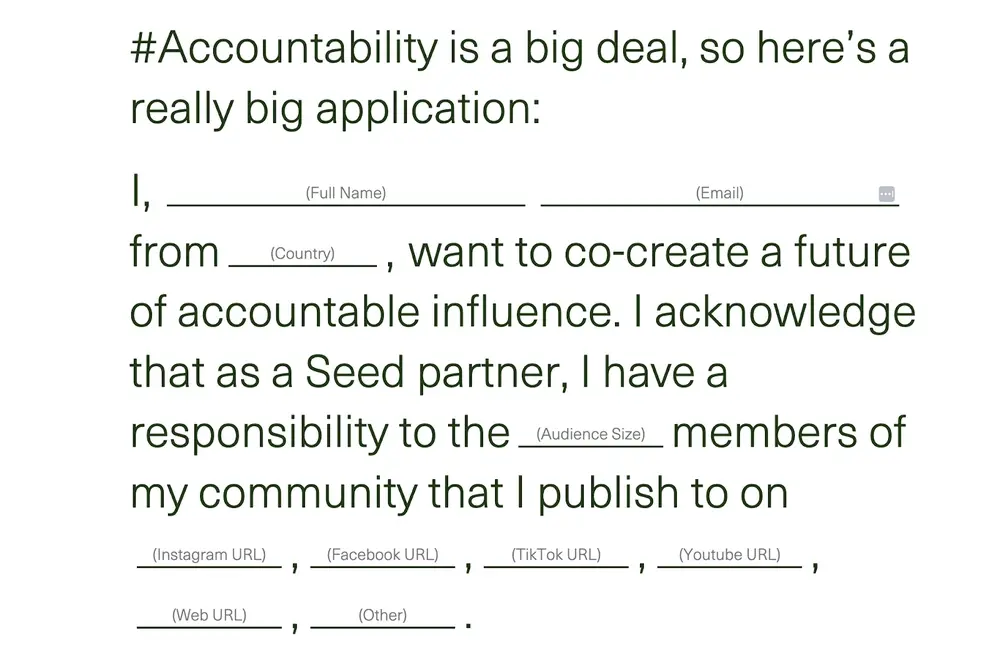
You can apply this principle in your own company by:
Creating detailed brand and product training materials
Organizing expert sessions with your team
Providing ongoing education about industry developments
Giving creators behind-the-scenes access to your processes
Set realistic expectations for each campaign
Not every influencer collaboration needs to drive immediate sales. Different types of creator content serve different goals in your marketing funnel.
Brand awareness campaigns, for example, focus on reaching new audiences and building recognition. Success here means measuring reach, engagement, and audience growth—not conversion rates.
But then you do focus on driving sales, choose creators with audiences who are ready to buy—and request content formats that showcase products naturally.
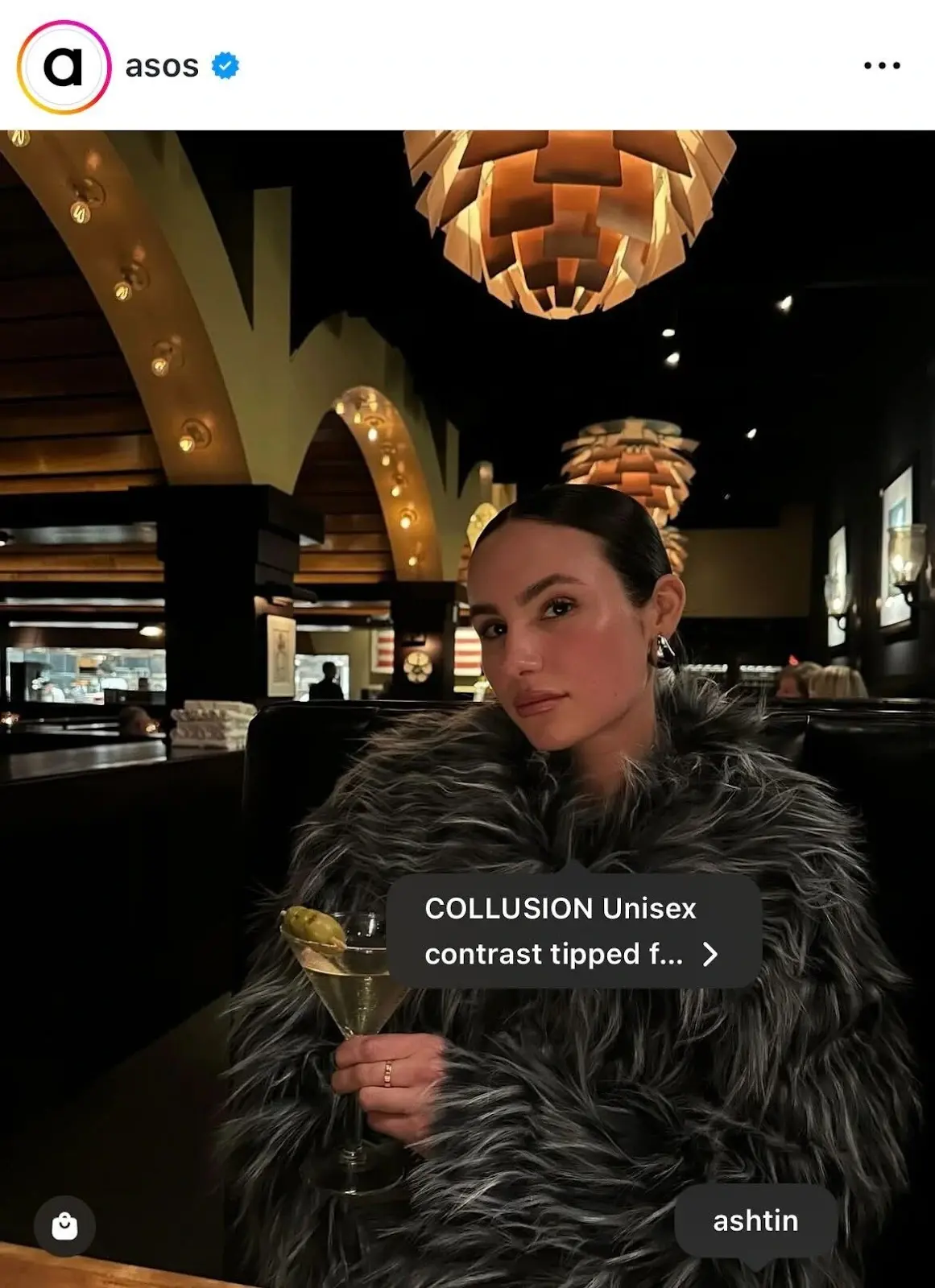
However, even with sales-focused campaigns, remember that the path to purchase isn't always direct or trackable.
Someone might discover your brand through an influencer's content, follow both accounts, engage with your content for months, and only then make their first purchase.
These valuable customers might not use tracking links or discount codes, making it impossible to attribute their sales directly to specific content.
That’s why brand awareness metrics like impressions and new followers are still extremely important.
Maximize value from influencer content
Creator content often performs better than traditional branded assets thanks to its authenticity.
So why limit it to just one use?
With proper usage rights, you can amplify creator content across multiple channels. High-performing influencer posts can become:
Social media ads that feel more trustworthy than traditional advertising
Fresh content for your brand's social feeds
Website testimonials and product page features
Email marketing visuals
Organic social proof for your campaigns
For example, an ecommerce brand might turn a creator's detailed product routine video into shorter ads and feature the full review on their product pages.
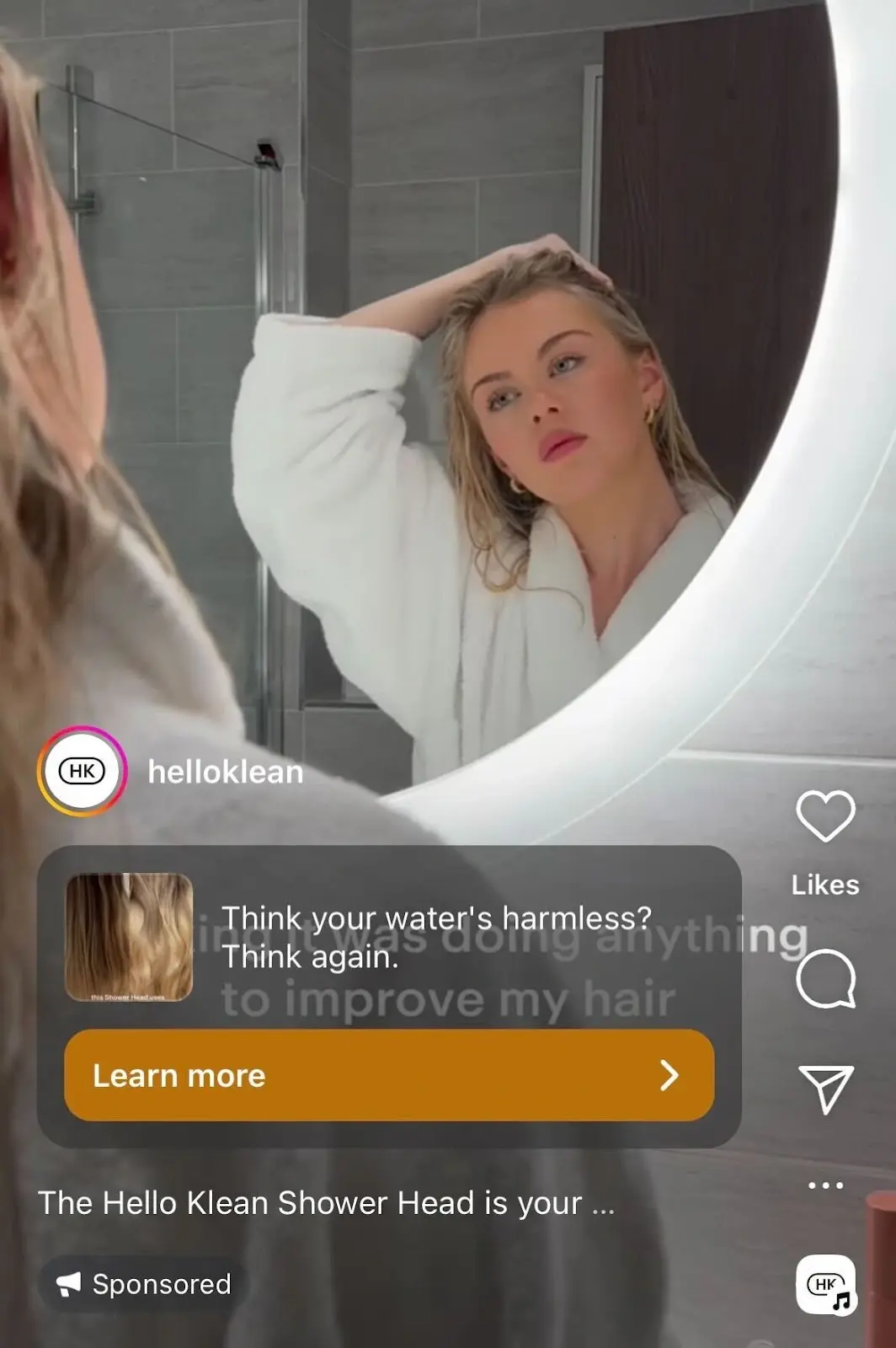
This not only extends your content's lifespan but also ensures consistency across marketing channels.
Build a stellar influencer strategy in 2025
Building a successful influencer strategy takes careful planning and execution.
Start by setting clear goals and understanding your audience, then create a detailed partnership framework before reaching out to creators.
Focus on building lasting relationships rather than one-off campaigns, and remember that real influence often extends beyond immediate results.
Most importantly, treat influencer marketing as a strategic channel that needs constant optimization. Track your results, learn what works, and keep refining your approach.
Ready to start measuring the impact of your influencer campaigns?
See how Talkwalker can help you track creator performance and ROI across all social platforms. Request a free demo!
